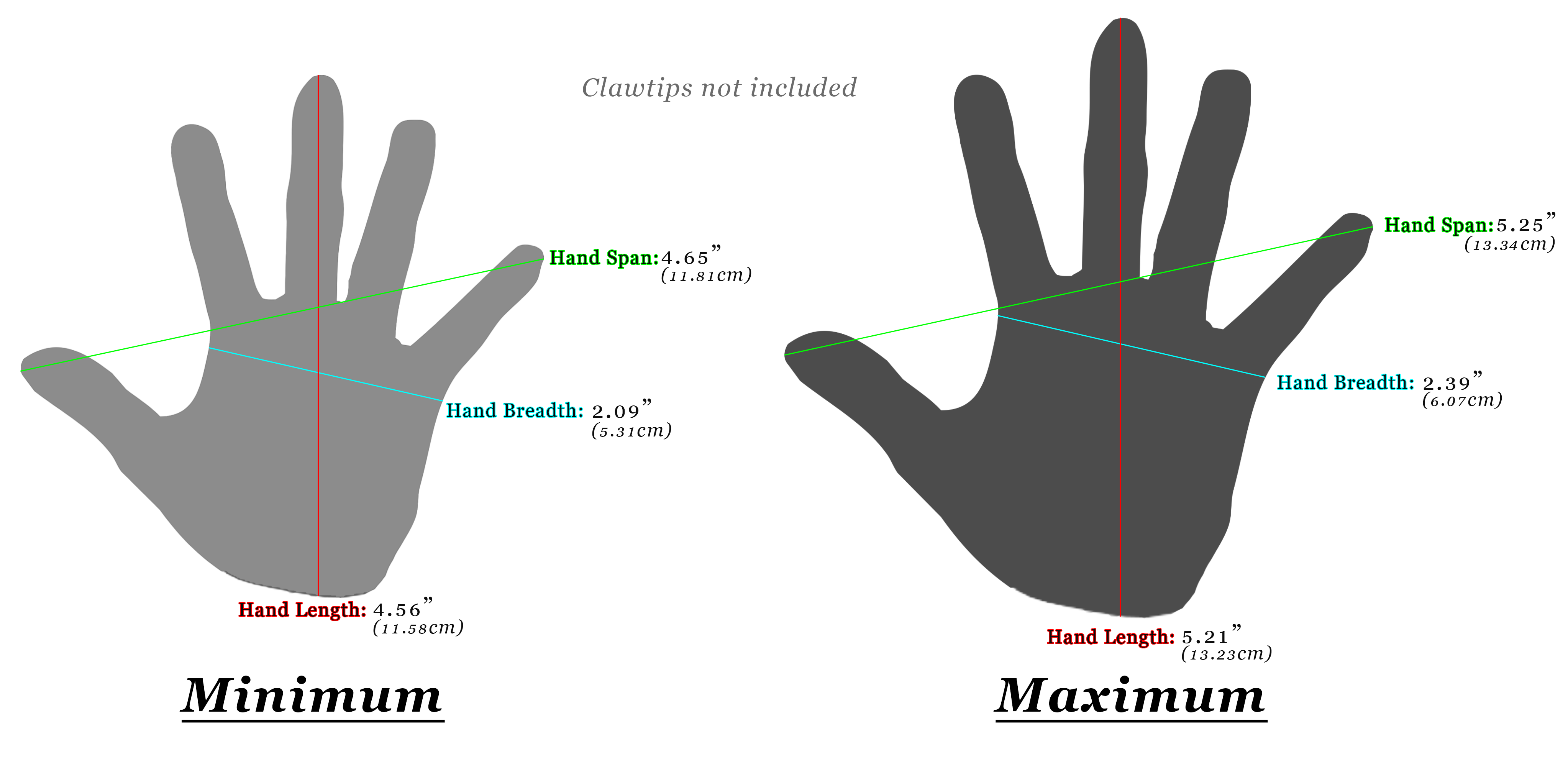Biology
The Biology of the G'ecko.
Basic Information
Anatomy
The G'ecko stand just under 4 feet(121cm) tall as adults, averaging between 3'2"(96.5cm) - 3'8"(112cm) with stocky pear-shaped builds centered around their hips. They have broad reptilian heads and fine scaley skin. On each hand and foot they have small pointed claws and their mouths contain small teeth, though these teeth do not protrude far enough to be visible past their lips. They have a fat tail within which they build up a storage of fat. This fat storage is a key component to the heartiness of the G'ecko. This fat can be metabolised in place of food to allow the G'ecko to travel long distances on very small supplies. The tails of the G'ecko are considered to be of great importance in their society, a fat tail is a sign of health and wealth. Much like the reptiles they are inspired from, the G'ecko can shed their tails and regrow them in order to survive predation.
They exhibit very little sexual dimorphism, with females only being slightly more curvaceous than males and in general exhibiting less muscular development, though this is not the case with every individual. The G'ecko can come in a variety of colorations from browns and tans to golds and even black. The G'ecko often are speckled, though some exhibit stripes, splotches, or are completely devoid of any natural decoration. Albinism is also sometimes exhibited amongst the G'ecko. Their eyes also come in a wide variety of patterns and colors. These eyes are capable of a wide range of dilation and are also exquisitely developed for their desert environment.
The G'ecko are very experienced travelers and have a normal stride length of 20 inches / 50 cm, with an average of around 3,600 strides / hour. This can be extended by their affinity with local elementals allowing them to travel further, as if they had a stride length double that.
Below is a chart of the average handsize amongst adult G'ecko. These are not the absolute boundaries of G'ecko hand size as the ocassional extra large or extra small G'ecko adult can happen.
Genetics and Reproduction
The G'ecko have a very rigid reproduction system. Females ovulate once or twice a year typically coinciding with the two rainy seasons of the Great Desert. These ovulation periods are the only times that the G'ecko express sexual interest in each other. Once two G'ecko have paired up, the female will gestate 1-2 eggs which will steadily grow inside her for a period of 2-3 months before the female will lay them. Initially the eggs will be soft and leathery, however they will steadily grow a solid calcium-based shell over a week and from there it is only another 2-3 months before the eggs will hatch.
Growth Rate & Stages
After hatching a G'ecko infant is highly dependant on it's parents for it's first 2 years of life. It will steadily grow and after some requisit ceremonies will be considered an adult around 15-16 years. G'ecko generally live to be around 50-60 years old.
Ecology and Habitats
The G'ecko are predominantly dwellers of rocky arid deserts. Being semi-warmblooded, they are able to handle the hot days and cold nights, though they are particularly suceptible to long exposure to low temperatures as this can quickly sap their energy.
Dietary Needs and Habits
The G'ecko are omnivorous, primarily insectivores, but this diet is suplimented with a wide array of fruits and vegetables. Being predominantly hunter-gatherers the G'ecko are masters of finding something to eat in their desert home. They have been observed digging for tubers and burrowing insects. They are also highly skilled cooks and have a plethora of methods for prolonging and preserving what morsels they find from their native larder.
G'ecko are hatched with a full set of teeth. They are polyphodonts with pleurodont teeth, meaning that their teeth have longer roots which allow them to replace teeth even into adulthood and that they replace teeth often throughout their life. G'ecko usually replace a full set of teeth in 2-3 local months. Teeth are usually lost in the process of eating, either through crunching through the hard exoskeleton of their diet, or in mistakes of crunching into something too hard to handle, or just due to the age of the tooth.
Biological Cycle
The G'ecko are naturally crepuscular, however this tendency can be overridden with very little difficulty to be either nocturnal or diurnal as required by their chosen lifestyle. This change does however take time for them to incorporate into habit and if not maintained, they will naturally slip back to being crepuscular.
Additional Information
Perception and Sensory Capabilities
The G'ecko have excelent eye-sight in both the day and the night, their large eyes and slit pupils allowing for a wide range of dilation to deal with the extreme variations in light found in their homeland. They posess a wide field of view and are able to see in a wide variety of colors as well as UV. They can even see some colors at night. One limitation on their eye sight is with long distances. Their eyes struggle to focus on objects in the far distance, however they have come up with a variety of tricks to account for this deficiency.







This race is awesome! I'm inspired so much by this. My wife is obsessed with black geckos and she got so excited reading this.
Glad to hear you like the G'ecko! They are one of my current joys to think and write about! ♥ I am actually planning to have a black G'ecko who serves as an early hero in the history of the G'ecko!